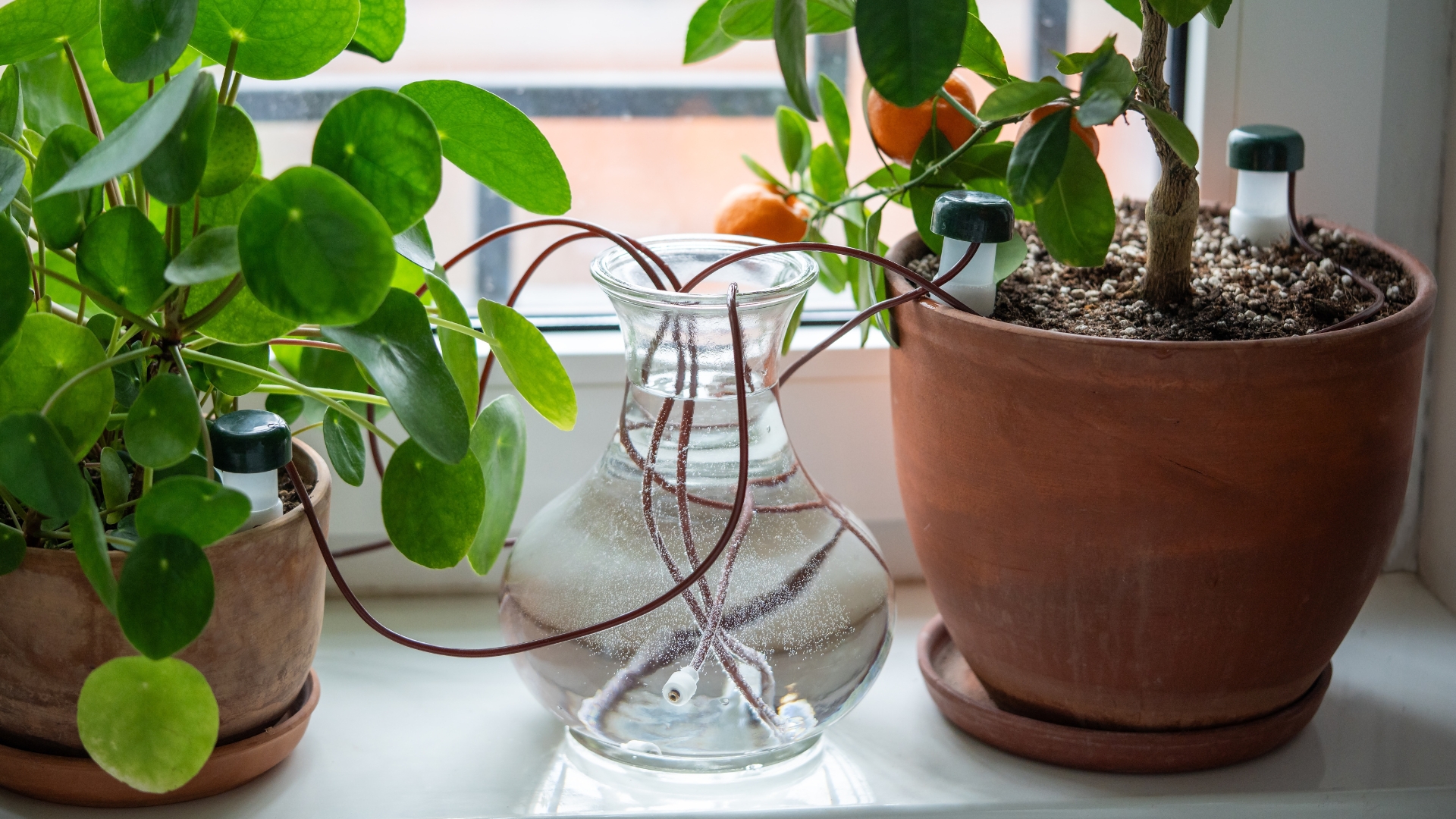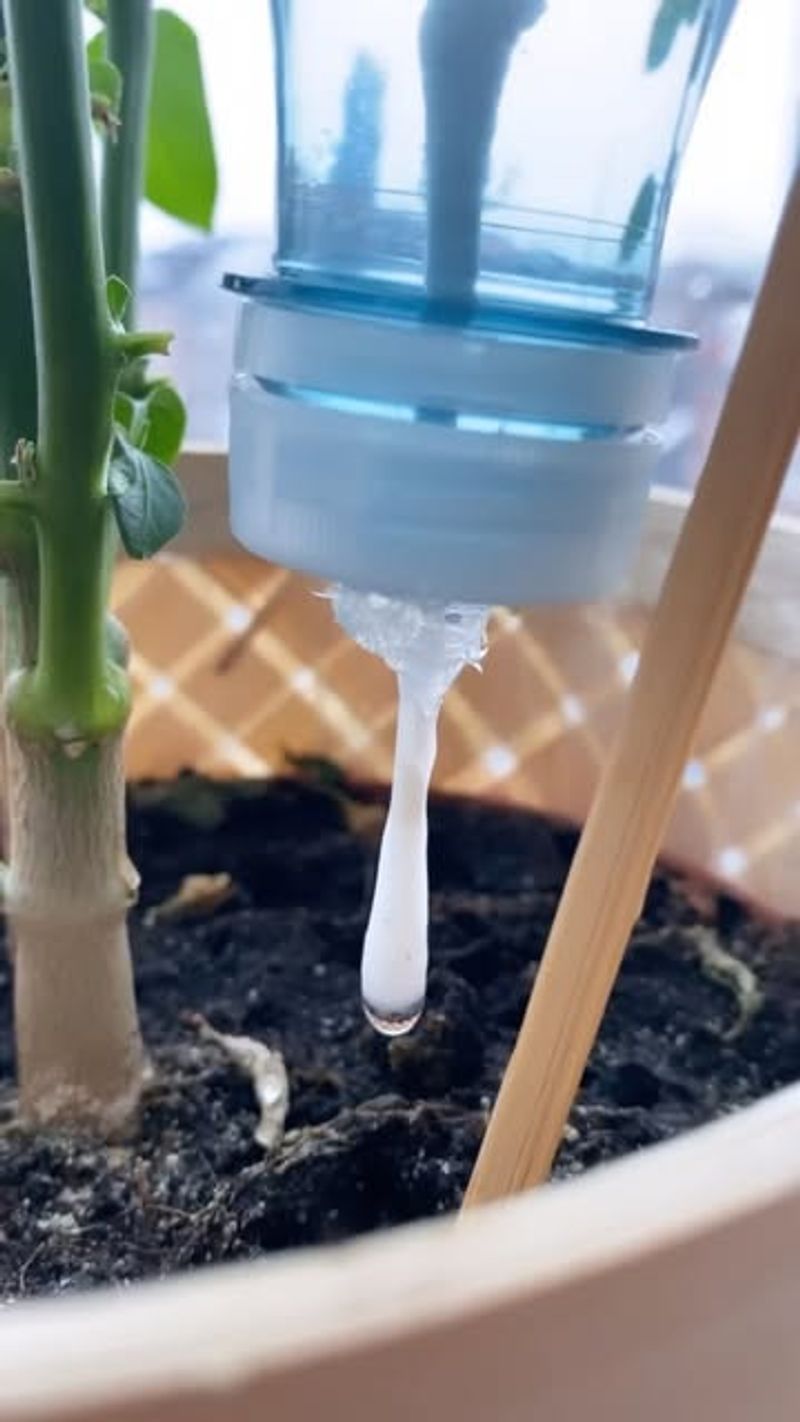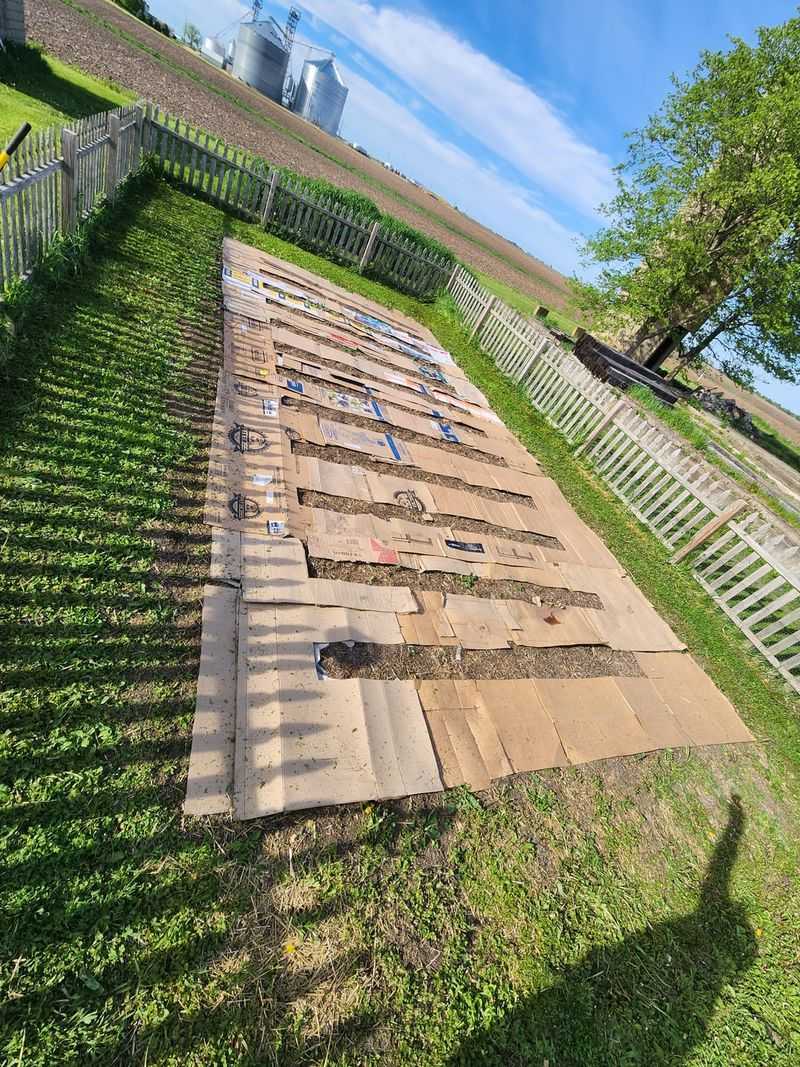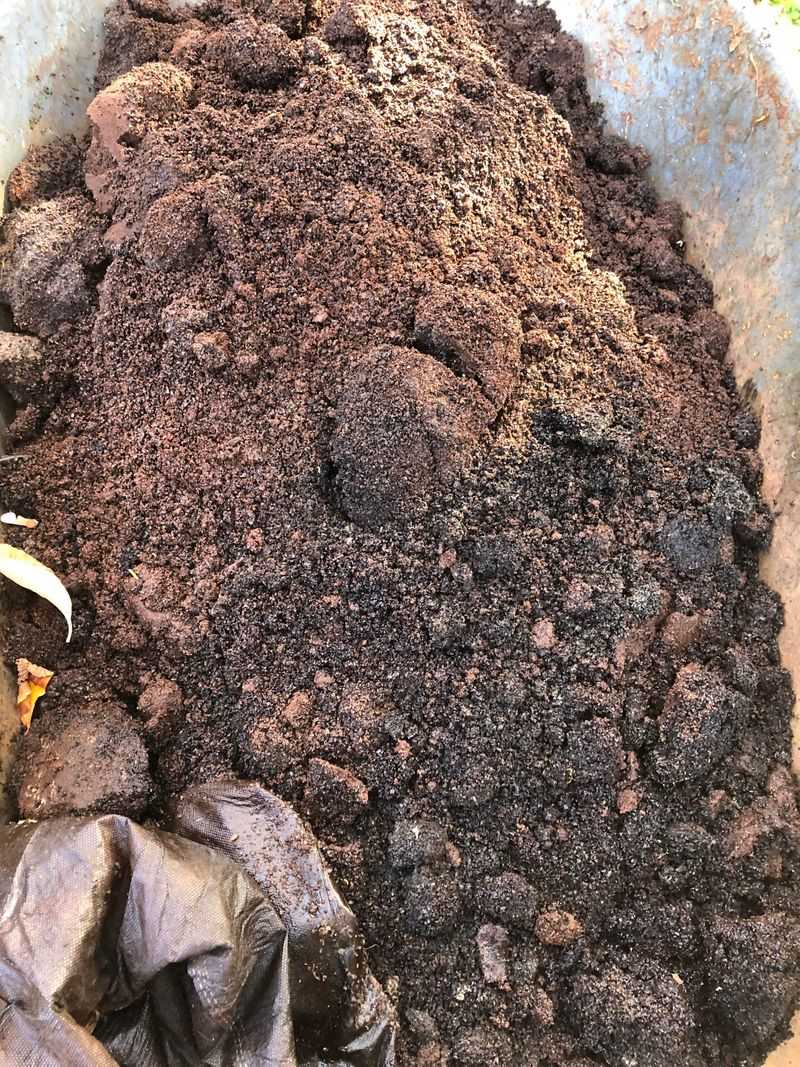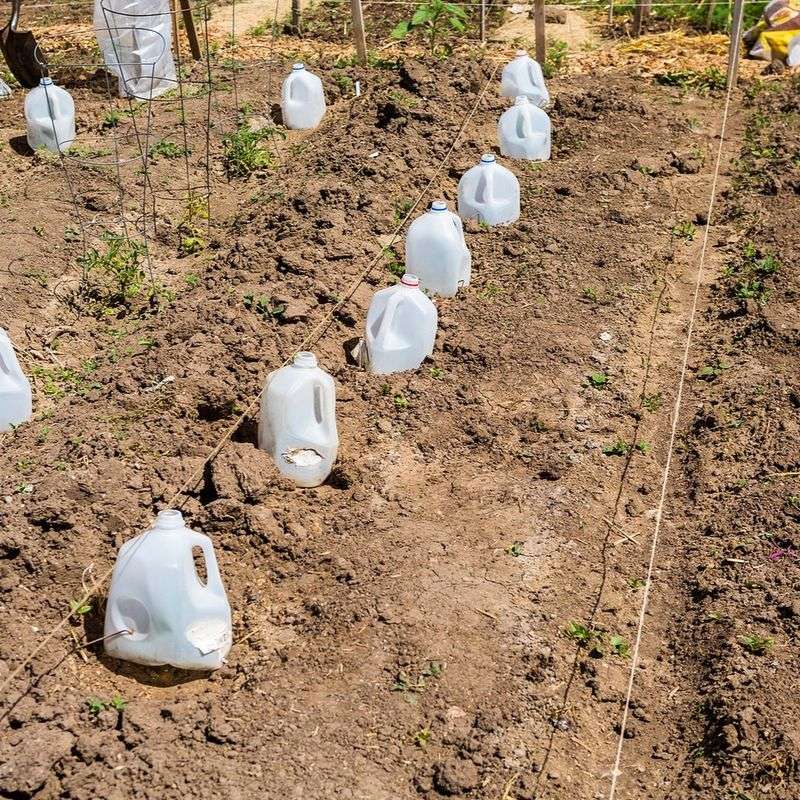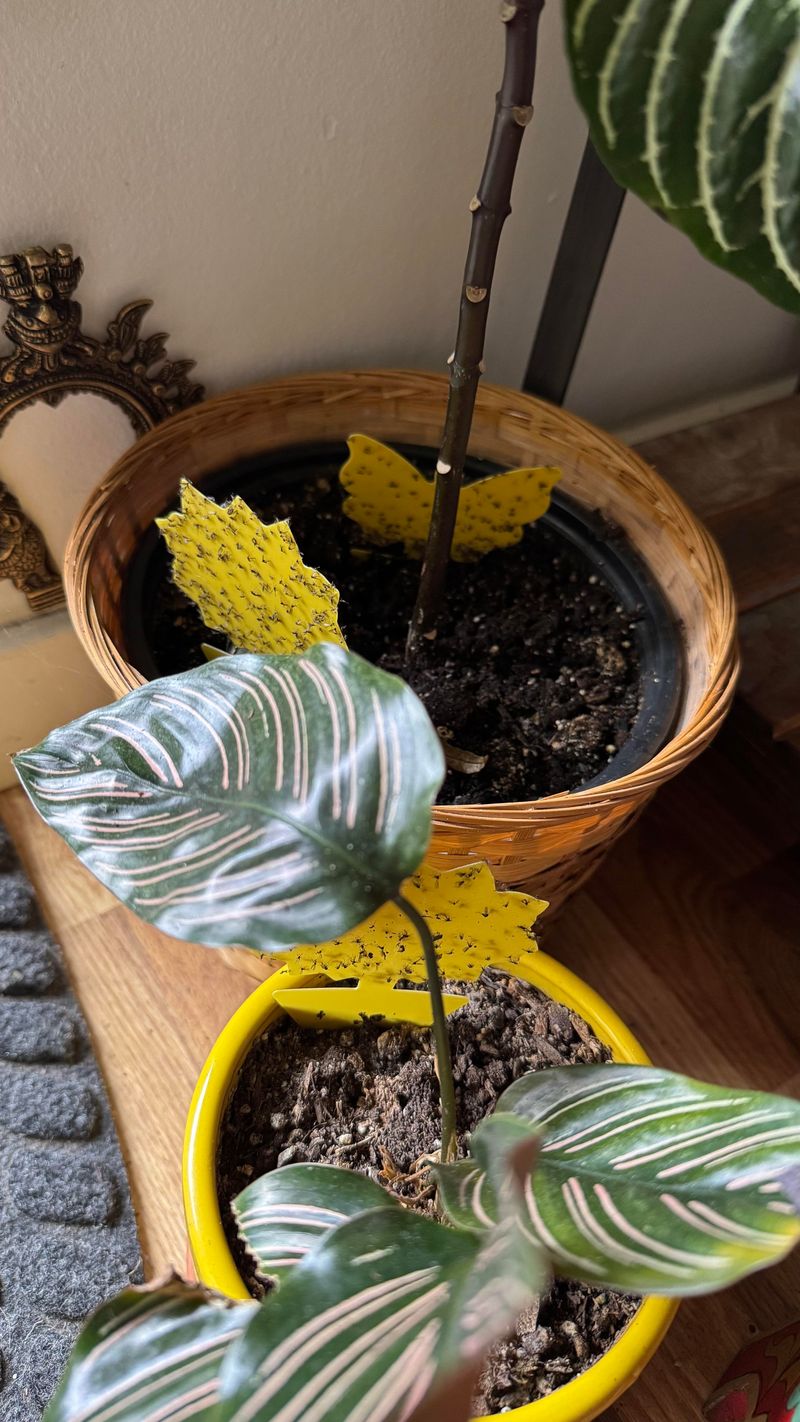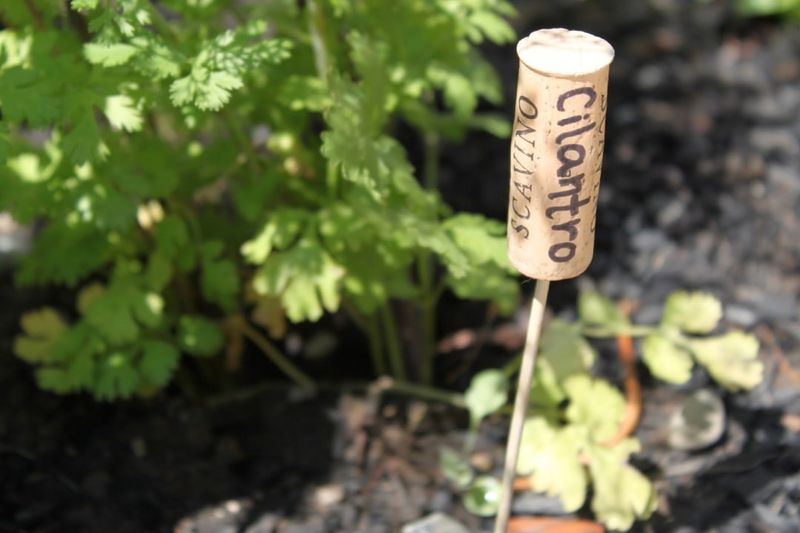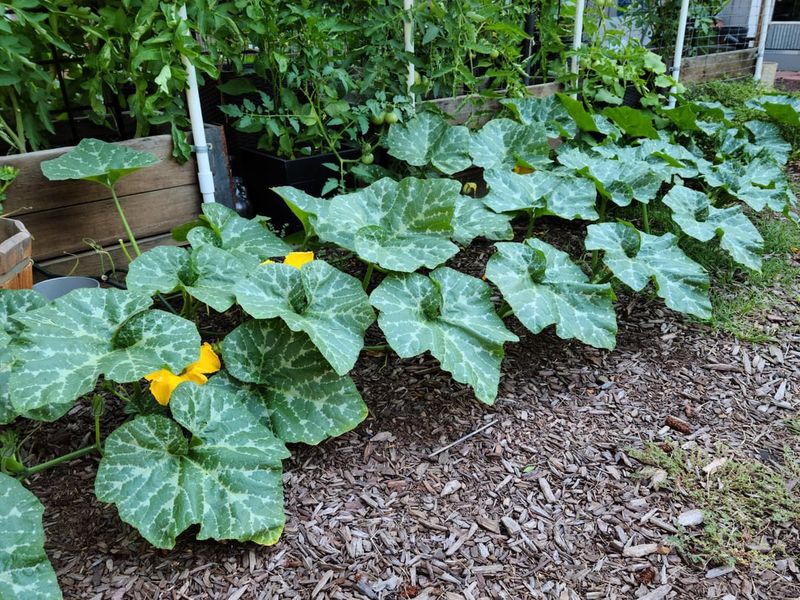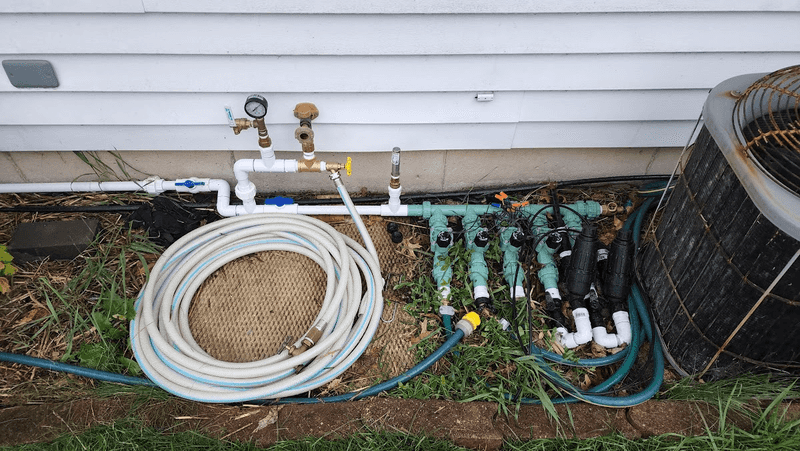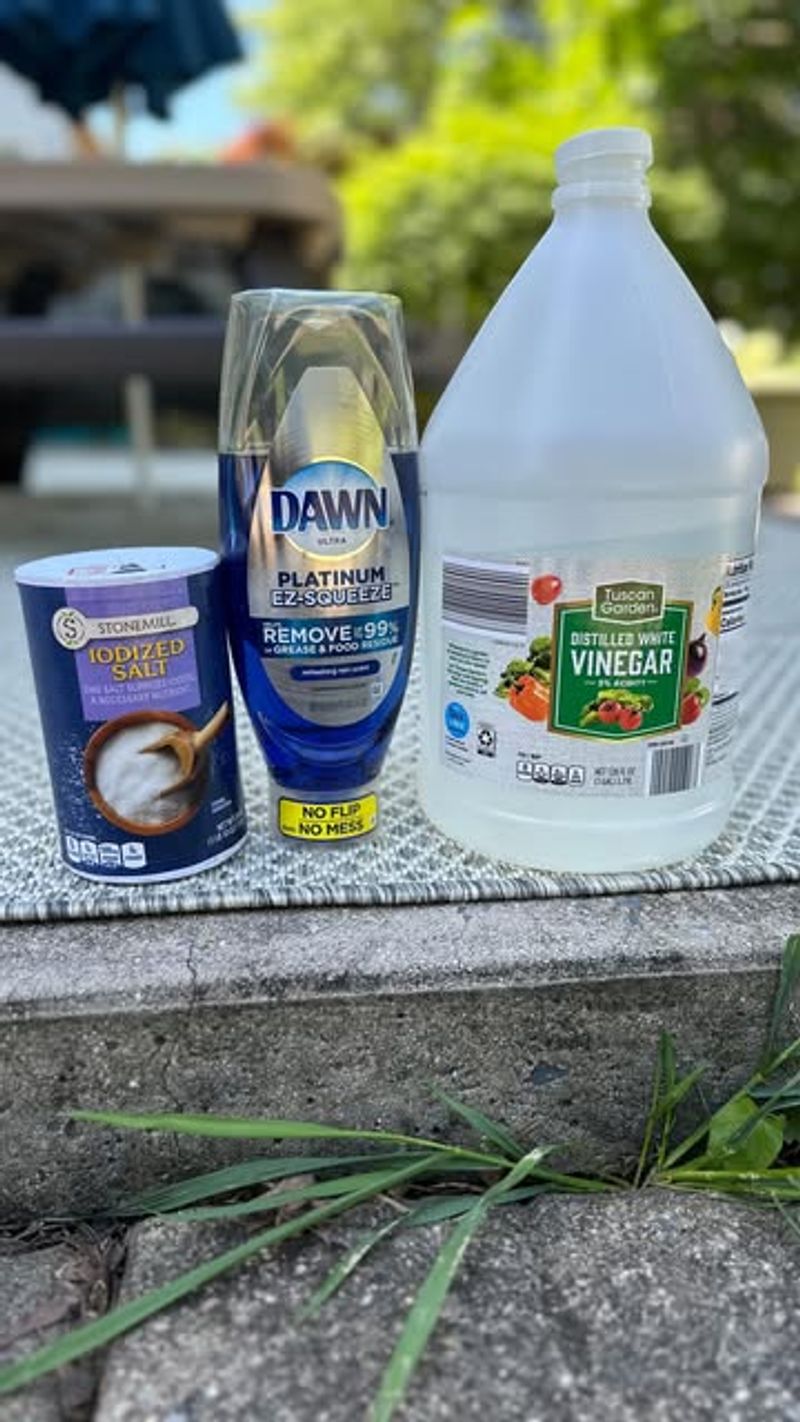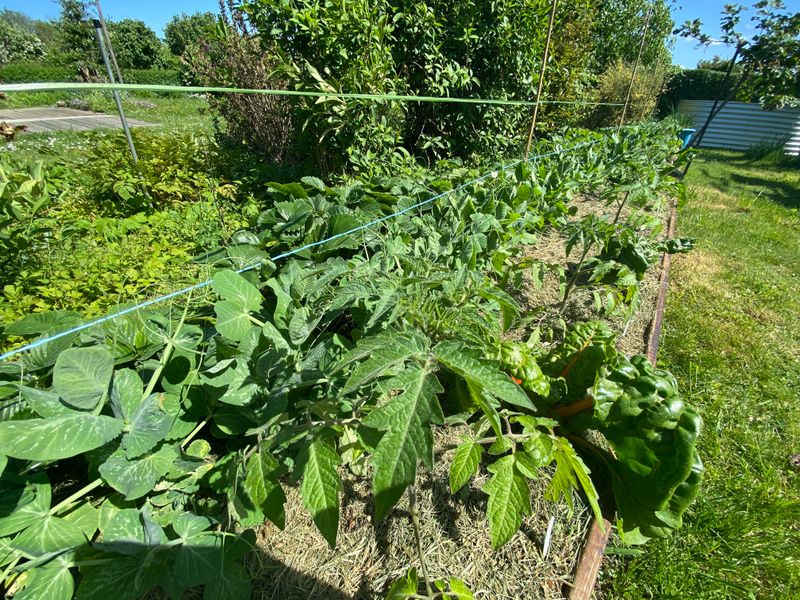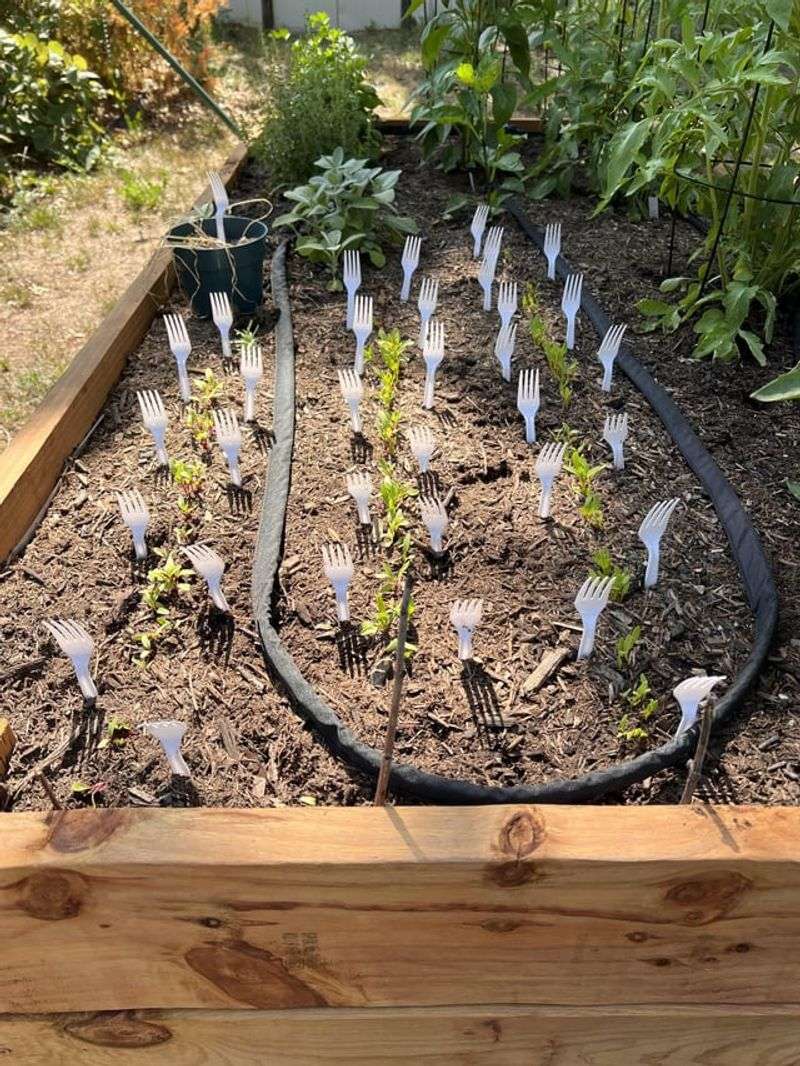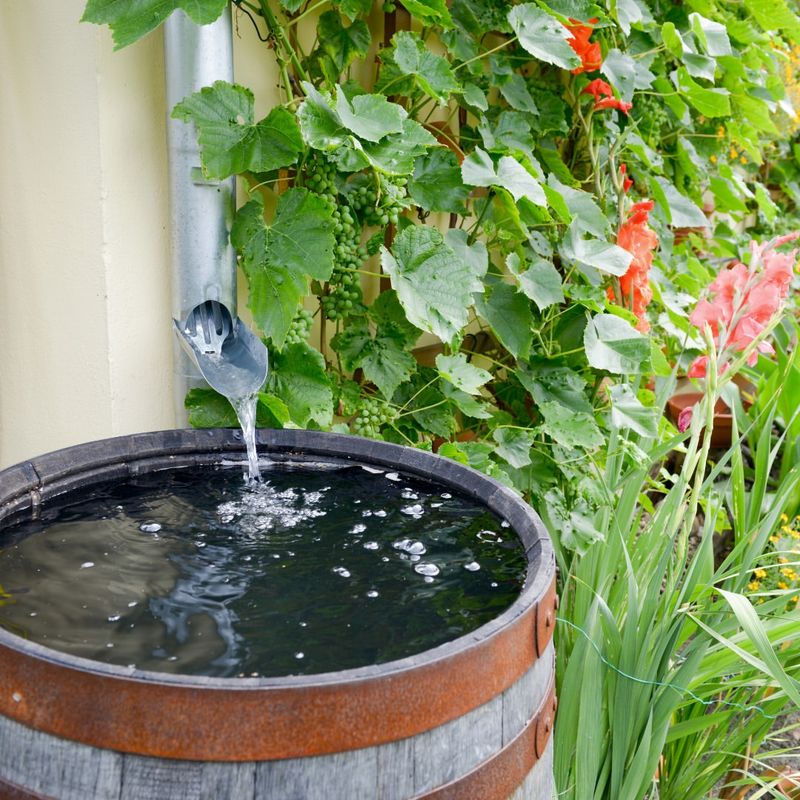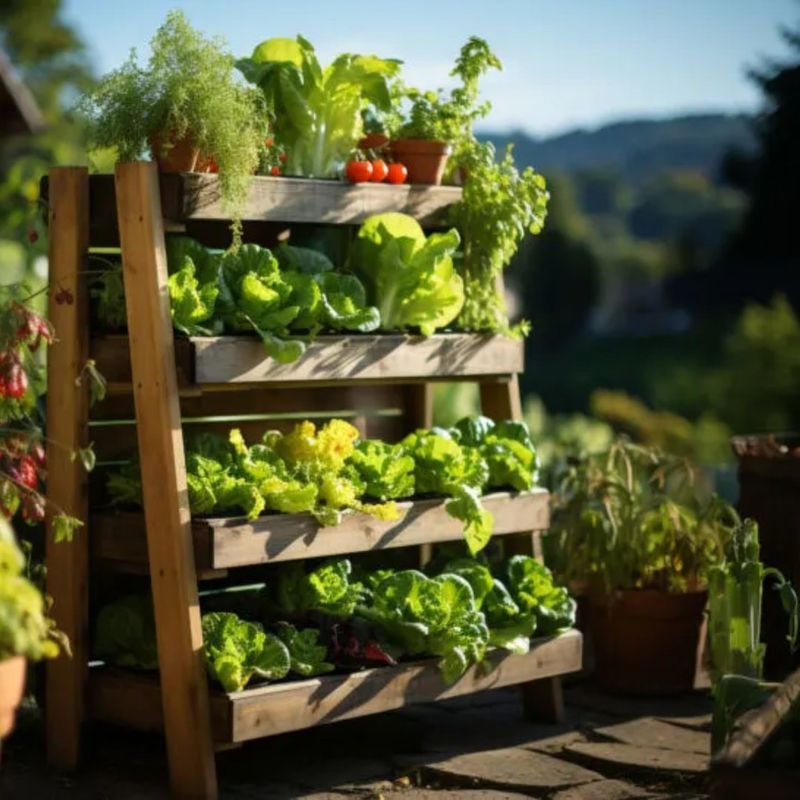When time’s tight but the garden still needs love, these clever hacks are total game changers. I’ve picked up a few tricks that save me hours without sacrificing how good everything looks.
From quick watering fixes to smart pruning shortcuts, it’s all about working smarter, not harder. You’ll be amazed how a little planning can keep your garden thriving on your busiest days.
These hacks make gardening feel less like a chore and more like a breeze.
1. Self-Watering Bottle System
Recycle plastic bottles by turning them into automatic plant waterers. Simply poke holes in the cap, fill with water, and bury cap-side down next to thirsty plants. The water releases slowly over several days, keeping soil moist without daily watering. Perfect for vacation time or busy weekdays when you can’t tend to your garden regularly.
2. Newspaper Weed Barrier
Yesterday’s news becomes today’s weed prevention! Layer several sheets of newspaper between plants and cover with mulch. The paper blocks sunlight from reaching weed seeds while allowing water to pass through. As a bonus, newspapers decompose over time, adding organic matter to your soil. This method saves hours of weeding throughout the growing season.
3. Coffee Ground Fertilizer
Morning coffee routine becomes garden gold! Sprinkle used coffee grounds around acid-loving plants like blueberries, azaleas, and roses. They slowly release nitrogen while improving soil structure. Coffee grounds also deter slugs and snails naturally. Just collect grounds in a container throughout the week and apply on weekend garden rounds.
4. Milk Jug Mini-Greenhouse
Cut the bottom off a plastic milk jug and remove the cap to create an instant mini-greenhouse. Place it over tender seedlings to protect from frost, wind, and pests. The clear plastic creates a warm microclimate that speeds growth. Remove during hot days to prevent overheating, and reuse year after year for early spring planting.
5. Cinnamon Fungus Fighter
Sprinkle ordinary cinnamon powder on soil to prevent damping off disease in seedlings. This common spice has natural antifungal properties that protect vulnerable young plants. Apply a light dusting after planting seeds or when transplanting. Your seedlings stay healthy without expensive fungicides, and your garden smells amazing as a pleasant side effect!
6. Wine Cork Plant Markers
Save those wine corks for perfect plant markers! Write plant names with permanent marker, then push a small stick or skewer into the bottom to create an instant garden label. These markers resist weather better than store-bought plastic versions. Plus, they’re biodegradable and add a rustic charm to your garden beds while helping you remember what’s planted where.
7. Eggshell Seed Starters
Crack eggs carefully, rinse empty shells, and fill with seed starting mix. Plant one seed per shell and place in an egg carton near sunlight. When seedlings grow strong, plant the entire shell in your garden. The calcium-rich shell breaks down, nourishing plants as they grow. Bonus: no transplant shock since roots grow right through!
8. Baking Soda Pest Control
Mix one tablespoon baking soda with one teaspoon mild dish soap in a gallon of water. Spray on plants to prevent powdery mildew and other fungal diseases. Apply weekly during humid weather when fungal problems typically strike. This homemade solution costs pennies compared to commercial products and uses ingredients already in your kitchen.
9. Shower Timer Irrigation
Connect a simple kitchen timer to your garden hose for automatic watering. Set it to run for 15-20 minutes in early morning when evaporation is minimal. The timer shuts water off automatically, preventing overwatering and saving you the trouble of remembering. Most models cost under $20 and pay for themselves in water savings and plant health.
10. Vinegar Weed Killer
Fill a spray bottle with white vinegar, add a tablespoon of salt and a squirt of dish soap. This mixture desiccates weeds on contact, especially effective on sunny days. Target only unwanted plants since this solution kills indiscriminately. Perfect for sidewalk cracks and gravel areas where nothing should grow. Results appear within hours without chemical herbicides.
11. Companion Planting Charts
Print a companion planting chart and laminate it for garden planning. These charts show which plants benefit each other by repelling pests or enhancing growth when planted nearby. Keep it handy when designing beds to maximize natural pest control. Marigolds deter nematodes, basil improves tomatoes, and nasturtiums trap aphids—nature’s teamwork saves you time fighting garden problems!
12. Plastic Fork Pest Deterrent
Stick plastic forks tine-side up throughout garden beds to deter cats, rabbits, and other unwanted critters. Animals dislike the uncomfortable feeling and avoid the area. This physical barrier requires no maintenance once placed. Collect and store forks at season’s end for years of reuse, making this perhaps the simplest pest control method available.
13. Landscape Fabric Time-Saver
Roll out landscape fabric between garden rows before planting. Cut X-shaped slits only where plants will grow, then cover with mulch for a nearly weed-free season. Water and nutrients pass through while blocking weeds. Premium fabrics last several years when properly secured with garden staples. The initial setup pays off with dramatically reduced maintenance time.
14. Rain Barrel Collection System
Position a rain barrel under downspouts to capture roof runoff. A single inch of rain on a modest roof yields over 50 gallons of water for future garden use. Gravity-fed water requires no electricity or effort. Plants prefer natural rainwater over chlorinated tap water, and you’ll notice lower water bills during summer’s peak watering season.
15. Vertical Pallet Gardening
Transform a wooden pallet into a space-saving vertical garden. Staple landscape fabric to the back, fill with soil, and plant herbs or flowers in the slat openings. This technique maximizes growing space while minimizing weeding area. Perfect for small yards or patios, a single pallet can host 12+ plants in the footprint of just a few square feet.

